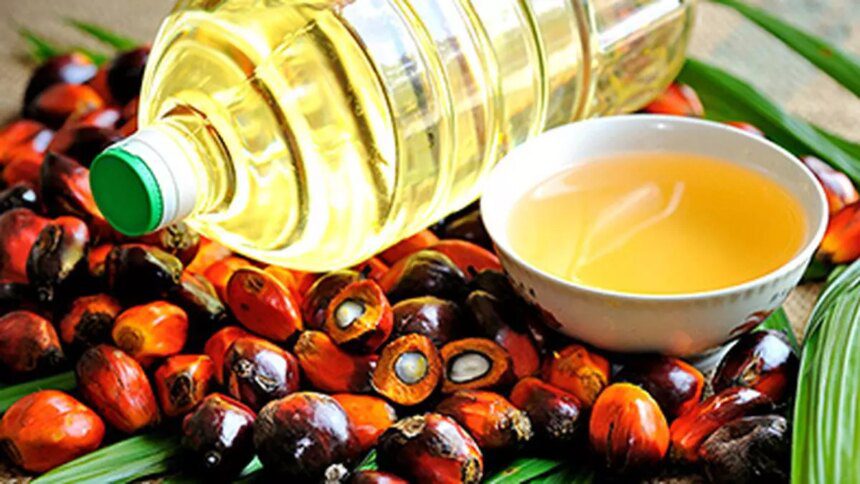India Vegetable Oil Producers’ Association (IVPA) has cautioned that the current premium of palm oil prices over soyabean oil may not be sustainable in the long run. Speaking at the “UOB Kay Hian 2025 Pre-POC Seminar” in Malaysia, Sudhakar Desai, President of IVPA, highlighted that the premium of up to $50 per tonne of palm oil over soyabean oil could face pressure as incremental soyabean oil supplies are expected to increase by 3.8-4 million tonnes from producers in Brazil and the US. This could potentially lead to a reduction in palm oil’s premium in the latter part of the year.
Desai also provided a forecast for palm oil prices, indicating that Bursa Malaysia Derivatives (BMD) could range between 4,200-4,800 Malaysian ringgits during April-June 2025, trending lower at 3,800-4,400 ringgits during July-September 2025. He added that palm oil prices might trade in the range of 3,700-4,200 ringgits in the second half of the year to regain market share against rival oils despite the emergence of B40 mandates.
Discussing changes in import patterns, Desai noted a steep decline in demand for palm oil in the Indian market, allowing rival oils to gain market share due to price elasticity. He mentioned that the shift towards rival oils has relegated palm oil mainly to its core demand in the food service sector, which could have long-term implications for market stability and pricing strategies.
Desai also highlighted the significant increase in the share of refined palmolein in India’s import basket, from 20% in previous years to an estimated 45-50% at present. This shift has prompted calls within the industry for higher duty differentials to reflect competitive pressures and market repositioning.
Addressing the impact of import duty adjustments in India, Desai pointed out that rising duties have not resulted in achieving minimum support prices due to depressed prices for by-products like de-oiled cakes, underscoring the complexities within domestic pricing mechanisms and the broader supply chain.
Desai further discussed the surge in zero-duty imports from SAFTA member countries as an unexpected consequence of duty hikes, reshaping traditional trade routes into India and prompting stakeholders to rethink supply chains and competitive strategies.
Emphasizing the importance of regional production insights, Desai forecasted overall import demand for vegetable oils at 16 million tonnes for the current oil year, with palm oil accounting for approximately 7.8 million tonnes, soyabean oil for 4.7 million tonnes, and sunflower oil for 3.5 million tonnes. He noted Malaysia’s stagnant palm oil production of around 19 million tonnes compared to Indonesia’s potential increase of about 2 million tonnes, highlighting the potential influence of these regional dynamics on global market shares.
Desai concluded by stating that strategic insight into policy, production, and market dynamics is crucial for stakeholders to position themselves for success in the evolving global vegetable oil market. The analysis goes beyond surface-level market fluctuations, focusing on the intricate balance of factors that shape the industry.










